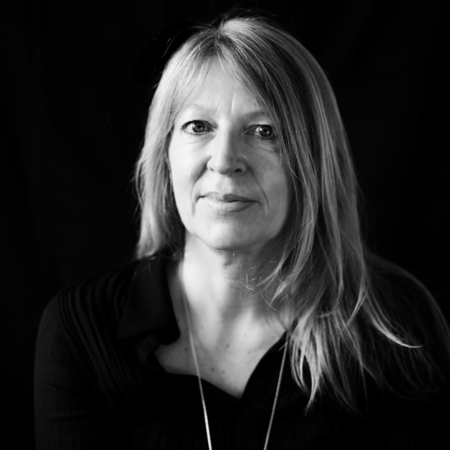History of Architecture and Building Archaelogy
Architecture is caught up in permanent interaction with its socio-cultural and technical environment. The knowledge and skills acquired during studies cannot be used efficaciously in the future practice of architecture unless they succeed in reacting appropriately and with foresight to changed conditions within the domain of society and technology. This re-acting mode has to be supported – or made at all possible – in the context of a synthesised and holistic scrutiny of the diverse building activities of different epochs and architectural traditions. The Section’s concept therefore requires that not only the theoretical aspects of architectural history be conveyed to students, but also their significance for architecture and city, construction and function in terms of the history of ideas. Studying historical buildings and their context is naturally a basic prerequisite for the topic of “Building in Existing Structures”, but simultaneously guarantees positive, potential solutions for one’s own design ideas.
Work areas for the Section’s members encompass aspects of architectural history from classical antiquity to the present day in the European and non-European contexts. This complex approach is reflected not only in broad-based studies but also in the great number of different research projects and collaborations with scientific institutions on an international level. Within this framework the students are also offered opportunities of participation to gain insights into scientific work procedures, including literature and archival research, fieldwork and experimental approaches, culminating in work evaluation and publication. Research on actual buildings and with it practice in surveying give the students direct access to the challenges and possibilities when dealing with historical buildings and existing structures. This provides for an immediate experience of architecture through the object itself and a palpable materialisation of the history of ideas – “grasping” it in the literal sense. Seminars and design exercises focus on a discursive analysis of historical existing structures and their history of building and usage; these methods sharpen critical skills in assessing contemporary and future issues in architectures and meanwhile provide a boost for individual architectural creativity. In a specifically localised context the students are thus given the opportunity to develop ideas and concepts of different cultures stemming from the past and present and to integrate them into a contemporary interpretation of architecture.
Research Unit Head & Professorship

E251-01 Building History and Building Archaeology
